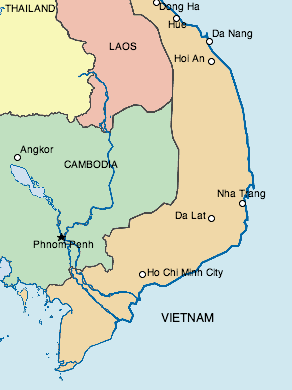More On Mao
Friday, December 23rd, 2005We are grounded by the subway strike so have been reading more of the biography of Mao by authors Jung Chang, the author of the wonderful three-generation epic “Wild Swans,” and her British husband Jon Halliday.
What is especially interesting so far, is that this biography reveals much heretofor unknown information about Mao Tse Tung and the Cultural Revolution in China. Mao, for decades, held absolute power over the lives of one-quarter of the world’s population and was responsible for “well over 60 million deaths in peacetime,” more than any other twentieth-century leader. He used terrorism to try to establish China as a world-wide military nuclear power and to seat himself as it’s leader. To do this he wanted to draw draw Russia and America into a world war. Russia, hoping to appease Mao, allowed him to start the Korean War…Korea’s Kim even taking his orders from Mao. Mao sent thousands and thousands of troops into Korea thinking the Americans would never know the difference between Chinese and Koreans…and he was ready to sacrifice untold millions of people. He knew the Americans wouldn’t tolerate the body bags. Stalin (“The Master”) held the line, but when Stalin died, Khrushchev pulled the plug.
The detail illustrates Mao’s premeditated cruelty unprecidented in modern history. The authors had access to the Russian archives, interviewed hundreds of key people that are still alive…Russians, Chinese, Americans and anyone else who had a role during this time.
Values in China are carried forward by the culture…not by any ethical or civic standard. I could feel reverberations of China’s past during our several months in the country.


